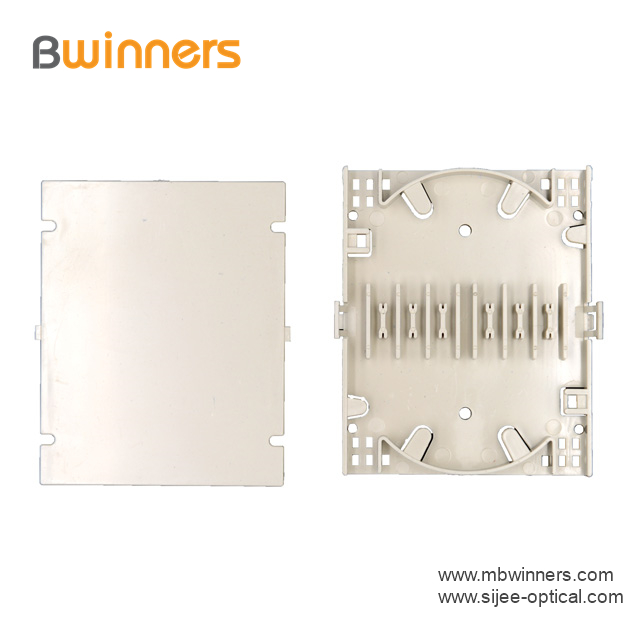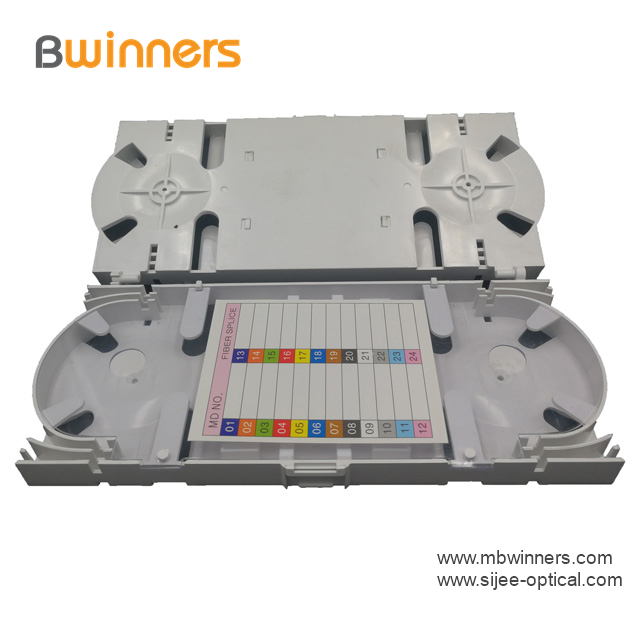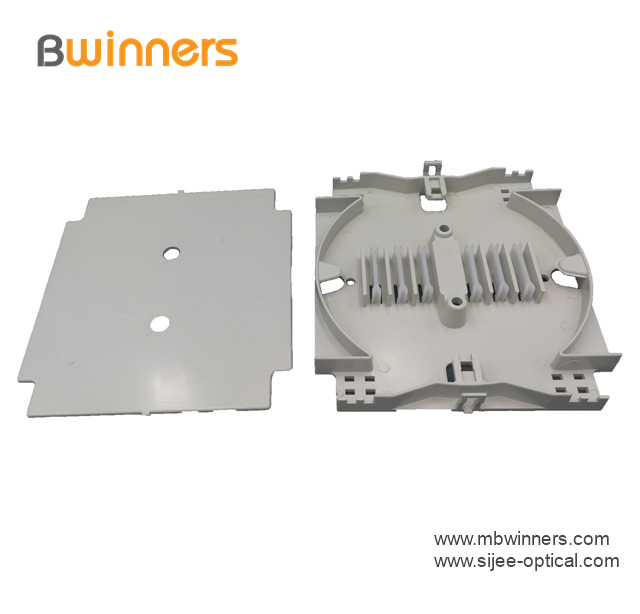On March 27th, U.S. Ultravision Technologies filed an application with the US International Trade Commission in accordance with Section 337 of the US Tariff Act of 1930, alleging that 11 Chinese companies, such as Abbyson and Alto Electronics, exported to the United States, imported in the United States, or The US-sold LED light driver and its components (CertainLightEnginesandComponentsThereof) infringe on its patent rights and request the US International Trade Commission to issue a general exclusion order and a prohibition order.
Alto Electronics said in the announcement that the company is committed to ensuring that its intellectual property rights are not infringed by others while fully respecting and not infringing on the intellectual property rights of others. The company has obtained 5 US invention patents and 4 EU invention patents.
With the substantial growth of Alto's domestic business volume, the proportion of overseas business volume has decreased, and the company's overseas market is mainly in other regions. The sales volume to the US market is very small, accounting for less than 2% of the company's sales revenue in 2017.
In response to the above-mentioned news, Alto Electronics is actively conducting relevant investigations. As of the date of this announcement, it has not received relevant documents such as the formal response notice. Later, Alto Electronics will pay close attention to the development of related matters, and cooperate with relevant national industry associations and organizations to adopt all necessary legal means to safeguard the legitimate rights and interests of the company.
As the industry association of China LED, China Optical Optoelectronics Association also issued a statement on March 28, saying that this incident is a speculation in the context of Sino-US trade wars between individual US companies. The association will "organize industry resources and strength, and actively Respond to this 337 investigation."
China Optical Optoelectronics Association also said in the statement that U.S. Ultravision Technologies was founded in 2010. The two patents owned by the company are based on waterproofing and have no substantial protective effect. The patent is exported to the United States for Chinese LED display companies. No substantial constraints or damage. In fact, products with the characteristics of this patent have been sold by many companies in the US market long before their patents were filed, so there is great doubt about the stability of the patent. At the same time, the patent does not belong to the core key technology of LED display. Whether the related product technology of Chinese enterprises constitutes an infringement remains to be implemented. 337 Investigation of specific evidence collection and infringement identification is a complicated and long process, and the final result is uncertain.
Zhang Xiaofei, chairman of Gaogong LED, told the First Financial Reporter that in the LED field, the 337 investigation initiated by American companies was a patent infringement against LED semiconductor chips. The use of infringing chips All of the lamp bead products and display products are invaded against patents when exported to the United States, and anyone will be subject to targeted sanctions. Therefore, in the US market, consumers are generally allowed to purchase patented products. And the taxation, Osram, Philips Lighting, Nichia, Samsung and other European, American, Japanese and Korean companies have completed the mutual authorization of LED chip patents.
"In the past, there have been 337 investigations, and it is not unusual for the litigation of LED product patents." Zhang Xiaofei said that this is a foreign trade enterprise to be guarded against. Products exported to the United States must have US patents.
It is understood that the companies involved in the 337 investigation include Ai Bison, Alto Electronics, Lehman Optoelectronics, Shanghai Sansi, Chau Ming Technology, Yuanheng Optoelectronics, Liard, Lianjian Optoelectronics, Shenzhen Jinlixiang Vision Technology Co., Ltd., etc. .
LEDinside China Research Director Wang Fei also told the First Financial Reporter that the 337 investigation is one of the means that American companies have been using to weaken the competitiveness of other countries' enterprises. The LED industry often encounters one or two years. If the company being sued wants to continue its business in the United States, it should either respond to the lawsuit or reconcile. Enterprises such as Chau Ming and Hongli have also responded positively to the 337 investigation in the past few years, and the results have little effect. This 337 investigation happened to be in the context of the trade war, and therefore attracted more attention.
Wang Fei said that among the Chinese LED companies involved in the 337 investigation, Abbison and Lehman exported to the United States a higher proportion, exceeding 20% ​​of operating income. The income of other companies in the US market is relatively small.
Zhang Hongbiao, another senior observer in the LED industry, believes that the US company Ultravision Technologies is mainly engaged in LED display, and the main complaints are Chinese LED display companies. Most of the LED display related technologies are utility model patents. The relevant display module technology capabilities of China's LED display companies are no less than those of American companies. Most leading display companies have also made a lot of patent layouts, but in the United States. There are indeed fewer patent layouts. Most of the LED display screens of American LED display companies are OEMs of Chinese enterprises. These products should have better layout and avoidance in patents. At the same time, most of the LED displays exported from China to the United States are foundry. of. Therefore, if you respond, the odds are quite large. The main risk is that the Trump administration is now actively doing trade protection, and Chinese companies may suffer unfair treatment.
"With the global development of Chinese LED companies, enterprises really need to pay more attention to the layout of patents." Zhang Hongbiao said.

FTTH Fiber Optic Splice Tray is designed to provide a place to store the fiber cables and splices and prevent them from becoming damaged or being misplaced. It is also called a splice enclosure or splice organizer. This device does not contain any technical functions, and the design is simple. Also, Fiber Optic Tray has a very low price for people to afford. However, the importance of fiber splice tray for protecting fibers is significant. And the skills needed for using a fiber splice tray is not as simple as you think.
Made by industrial high-quality ABS plastic, Fiber Optic Cable Tray is provided to place the fiber splice points and pre-terminated for fiber connectivity. The splice tray expands fiber splice capabilities as well as provides the splicing location for fiber optic cables. It can be put into the fiber distribution frame, fiber splice closure, optic terminal box, etc. Sijee offers different shapes of fiber splice tray with or without termination function. Fiber Optic Tray, Fusion Splice Box, Fiber Optic Cable Tray, Splice Tray Optic Fiber are available.
Applications:
Fiber splice trays are usually placed in the middle of a route where cables are required to be joined or at the termination and patch panel points at the end of the cable runs. Also, splices can be placed in a splice tray which is then placed inside a splice closure for OSP (outside plant) installations or a patch panel box for premises applications. As for indoor application, fiber splice trays are often integrated into patch panels to provide for connections to the fibers.



Fiber Optic Tray,Fusion Splice Box,Fiber Optic Cable Tray,Splice Tray Optic Fiber
Sijee Optical Communication Technology Co.,Ltd , https://www.sijee-optical.com